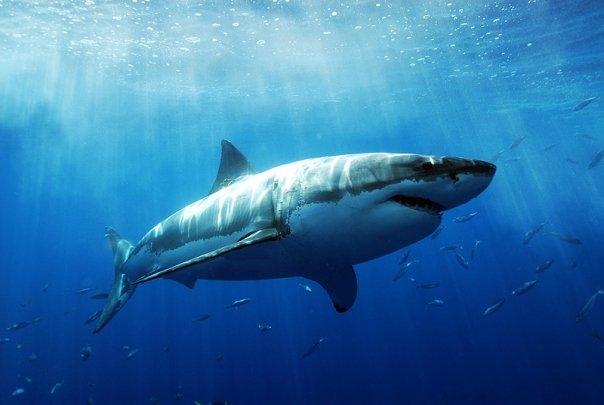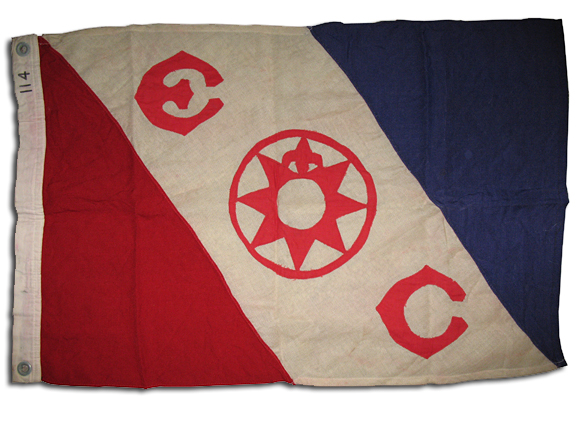The construction of the Panama Canal, one of the greatest engineering marvels of the 20th century, was not just a monumental technical feat but also a critical medical battle. The region's tropical climate, dense jungle, and rampant disease made the building of the canal nearly impossible until significant advances in public health and tropical medicine were achieved. This article delves into the medical challenges faced during the construction and how they were overcome to complete this iconic waterway.
The Devastating Toll of Disease
When the French, led by Ferdinand de Lesseps, began work on the canal in 1881, they were ill-prepared for the region’s harsh environment. The Isthmus of Panama was a hotbed of tropical diseases, particularly malaria and yellow fever, which were poorly understood at the time. The French effort ended in failure after nearly a decade, due in large part to the high death toll from disease. Over 22,000 workers died during the French phase, and yellow fever was a chief culprit.
Yellow Fever and Malaria: The Invisible Foes
Yellow fever, a viral hemorrhagic disease transmitted by the Aedes aegypti mosquito, was especially feared. It caused high fevers, jaundice (hence the name "yellow"), and internal bleeding. Many workers who contracted it succumbed quickly, and it spread rapidly among the workforce.
Malaria, caused by the Plasmodium parasite and transmitted by the Anopheles mosquito, was another major threat. The French, like most people at the time, were unaware of how the disease spread. They thought miasma, or bad air, was responsible, which led to futile efforts like burning incense to purify the air.
Without knowledge of the true vectors of these diseases, the French were unable to mount an effective defense. Their workforce was decimated, contributing to the project's financial collapse.
The U.S. Takeover: A New Medical Approach
In 1904, when the United States took over the construction of the canal, they understood that addressing the medical challenges was as crucial as the engineering ones. Under the leadership of President Theodore Roosevelt, a team was assembled to not only build the canal but also wage a war against the diseases that had defeated the French.
Central to this medical effort was Dr. William C. Gorgas, a U.S. Army physician and expert in tropical medicine. Gorgas had previously worked in Havana, Cuba, where he applied the mosquito theory of disease transmission, which had recently been proven by Dr. Walter Reed and others. Gorgas’s work in Cuba provided valuable lessons that would be crucial to the success in Panama.
Gorgas's Sanitation Campaign
When Gorgas arrived in Panama, he immediately launched an aggressive campaign to control the mosquito populations responsible for spreading yellow fever and malaria. His approach had three main components:
1. Mosquito Eradication: Gorgas implemented large-scale efforts to eliminate mosquito breeding grounds. This involved draining stagnant water, clearing brush, fumigating buildings, and spreading oil on bodies of water to suffocate mosquito larvae.
2. Improved Sanitation: Workers built proper drainage systems, covered cisterns, and improved housing conditions to prevent mosquitoes from breeding near human habitation. Screening windows and doors with fine mesh was another essential part of the program.
3. Quarantine and Isolation: Infected individuals were isolated to prevent the spread of disease. Hospitals were upgraded with mosquito netting to ensure patients could not be bitten, thus halting the transmission cycle.
The results of these measures were dramatic. By 1905, yellow fever was virtually eradicated from the canal zone. Malaria, while not completely eliminated, was brought under control, with the number of cases and deaths reduced significantly. This allowed the workforce to remain healthy and productive, ensuring steady progress on the canal's construction.
Medical Infrastructure
In addition to mosquito control, the U.S. implemented broad public health measures to safeguard workers. A well-organized system of hospitals, clinics, and dispensaries was established to treat sick workers and prevent the spread of disease. One of the largest and most advanced hospitals of the time, Ancon Hospital, was built in the canal zone and became the hub of medical care for the workers.
A large-scale vaccination program was also instituted to protect against other diseases like smallpox. Workers were given quinine as a prophylactic measure to reduce malaria symptoms, a treatment derived from the bark of the cinchona tree.
Nutrition and Living Conditions
Beyond disease, the tropical environment posed other health challenges. Workers often suffered from heat exhaustion, malnutrition, and dehydration. Efforts were made to improve workers' diets, ensure access to clean water, and provide shaded areas to protect against the sun’s heat.
Living conditions were also improved. Workers were housed in barracks that were elevated off the ground, well-ventilated, and screened to keep out mosquitoes. These upgrades helped reduce the risk of disease and improved the overall well-being of the workforce.
Legacy of Medical Advancements
The medical battle fought during the construction of the Panama Canal had a lasting impact on public health in tropical regions. The success of Gorgas’s efforts confirmed the mosquito theory of disease transmission and highlighted the importance of environmental sanitation and vector control. These lessons influenced public health policies worldwide, particularly in other tropical regions where mosquito-borne diseases were rampant.
Moreover, the success of these efforts gave rise to the field of tropical medicine as a recognized specialty. Many of the principles applied in Panama became standard practice in later efforts to control malaria and yellow fever, including during the construction of other large-scale projects in tropical environments.
Conclusion
The Panama Canal stands not only as a triumph of engineering but also as a landmark in the history of medicine. The ability to control yellow fever and malaria was essential to the canal's successful completion, and the medical efforts in Panama laid the foundation for modern approaches to managing infectious diseases in tropical regions. The work of Dr. Gorgas and his team saved countless lives and allowed one of the world’s most important trade routes to come to fruition.




